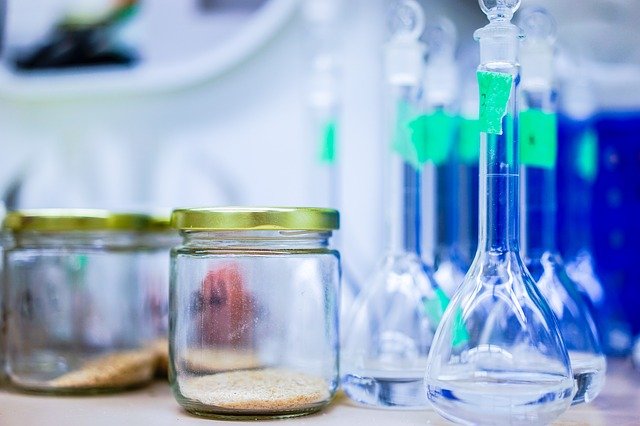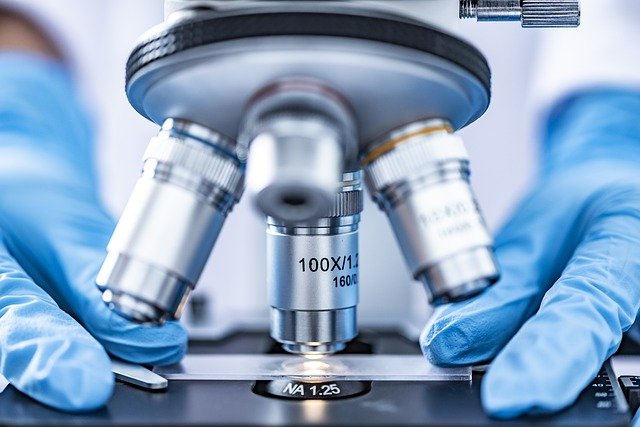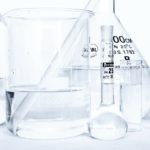Due to the COVID-19 pandemic, people seem to be more conscious of viruses, bacteria, germs, and contaminants. Most of us clean surfaces and wash our hands more frequently to prevent getting sick. Hopefully, the pandemic will end soon, but this does not mean that we should stop being conscious about our health. In fact, it is always advisable to make sure that you are consuming safe foods and keeping your environment free of contaminants, including your kratom powder. Storing kratom properly can help you prevent mold formation and bacteria growth. But what if the kratom that you buy comes already contaminated? Should you request a lab test before you buy? And, more importantly, how to read kratom lab tests? We will answer all of these questions below.
Why Kratom Lab Tests Are Important?
Kratom powder is a natural product that is produced in various regions of Southeast Asia. The powder is made from the crushed leaves of the Mitragyna Speciosa tree, which grows wildly in the rainforest. After being processed, kratom powder is packed and shipped to its final destination, namely, the US. After clearing customs, the shipment will arrive at the kratom vendor warehouse, where they’ll pack it, and label it before sending it to your home.
In this process, kratom powder may be exposed to contaminants that can be harmful to your health. On the other hand, since it is a natural product, kratom’s potency may vary from batch to batch. For these reasons, it is important that vendors test their kratom powder for contaminants and alkaloid content before sending it to you.
That’s why we highly recommend that you make sure that your vendor tests their kratom powder before they sell it. So, check your vendor’s website to learn if they test their kratom. And, if you are still uncertain, contact them to request the lab results.
How to Read Kratom Lab Tests?
Although they should be pretty straightforward, kratom lab tests may seem confusing to most individuals who don’t understand chemistry.
The first thing that you should look at when you receive your kratom lab tests, is obviously the vendor’s name, the lot number, and the date. This will help you make sure that those are the results that you are looking for.
What is generally tested in kratom lab tests? Typically, kratom lab tests look for contaminants and potency. To determine if your kratom is clean and potent, they will look for:
- Alkaloid content
- Biological contaminants
- Heavy metals
If the results are adequate the laboratory will issue a certificate with a positive or negative result.
So, let’s see how to read each kratom lab test certificate.
What Are Kratom Alkaloids?
One of the things that labs look for in kratom powder is its alkaloid content. Kratom alkaloids are the chemical constituents responsible for its properties. The alkaloid composition will result in more potent or weaker strains.
Although Mitragyna Speciosa (or kratom) contains dozens of alkaloids, only 2 of them are the most important to determine the quality of the particular batch, namely Migragynine and 7-Hydroxymitragynine. In this case, you should pay attention to the alkaloid content percentage:
- Mitragynine content should be within the range of 0.25-2%. Results within this range will be satisfactory.
- 7-Hydroxymitragynine should be within the range of 0.001-0.1%. Additionally, consider that anything above 2% is considered not legal according to many bills that have incorporated the Kratom Consumer Protection Act (KCPA).
If the kratom lab test results for alkaloids fall within those ranges, the kratom quality should be satisfactory.
Some labs will also certificate whether or not there are adulterants in the lot.

What Are Biological Contaminants?
Besides alkaloids, kratom lab tests should include results for biological contaminants or pathogens. These are microorganisms or microbes that can cause disease.
Test results are specified in CFU/g (colony forming unit per gram). This is to determine the number of bacteria per gram. Typically, the labs will look for the following pathogens:
- Aerobic plate count is an indicator of bacteria population on a sample. Take into account that every food that you consume contains a different aerobic plate count range. A high aerobic plate count does not necessarily mean that the food is contaminated. For example, a typical plate count for frozen vegetables is within a range of 1,000-100,000, whereas raw milk ranges within 800-630,000. The typical aerobic plate count for Mitragyna Speciosa is 500,000, so anything below that number will be a good result.
- Yeast should be below 10 CFU/g
- Mold should be below 10 CFU/g
- Coliforms should be below 102 CFU/g
- E. coli should be below 3 CFU/g (or show a negative result)
- Salmonella should be below 3 CFU/g (or show a negative result)
- Staphylococcus should be below 3 CFU/g (or show a negative result)
What Are Heavy Metals?
Finally, kratom lab tests should include heavy metals count results. Heavy metals can be toxic at high levels and can cause serious health problems. Heavy metal poisoning can happen when you eat, drink, or breathe something tainted with heavy metals.
Typically, heavy metals results are specified in ppb (parts per billion). Laboratories will look for the following heavy metals in kratom powder:
- Arsenic (As) should be less than 3,000 ppb
- Cadmium (Cd) should be less than 3,000 ppb
- Lead (Pb) should be less than 10,000 ppb
- Mercury (Hg) should be less than 3,000 ppb
- Nickel (Ni) should be less than 1,000 ppb
However, these are approximate levels according to the USP. We recommend that you read the whole test result to fully understand it.
We hope that this information has helped you to understand how to read kratom lab tests!


